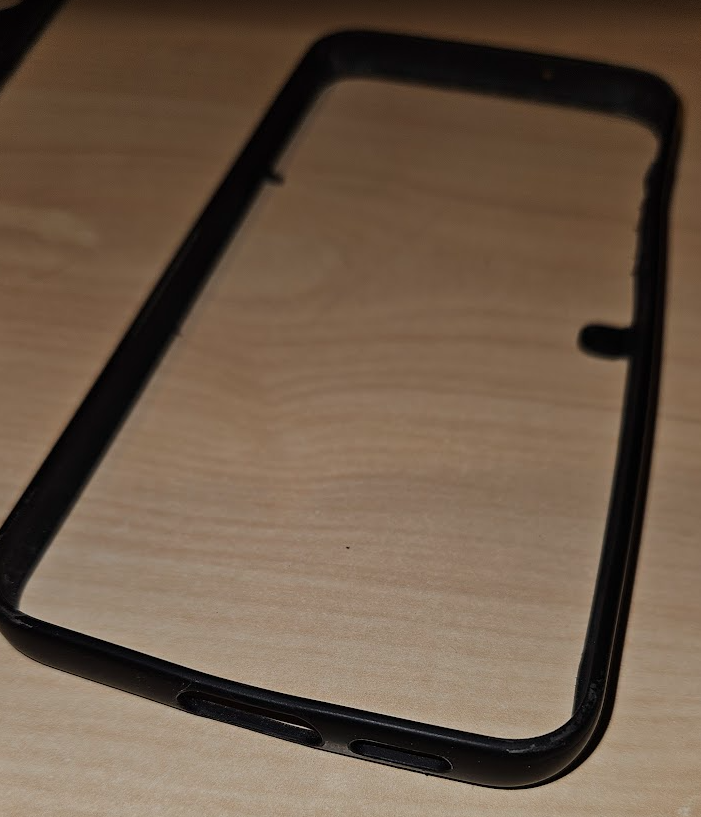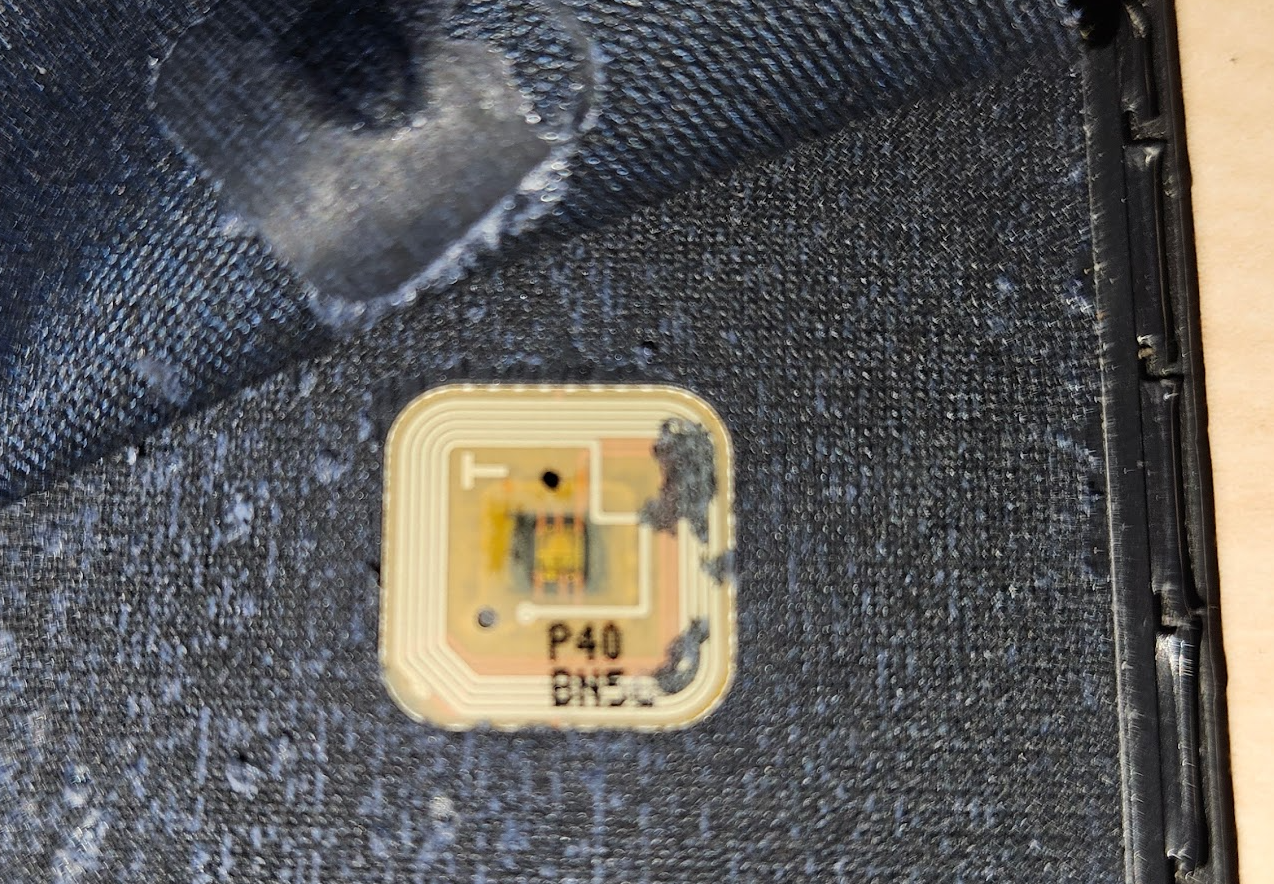Samsung Smart View Cases
Samsung's range of Smart View covers are a popular accessory for the Samsung Galaxy range of phones.
I recently purchased a S-View Wallet case and it turned out to be non-genuine. While the cover looked almost identical, it requires sideloading third party app SmartWindow which also requires broad permissions.
Without the app the screen doesn't react to the cover closing/opening, and installing untrusted apps to gain the functionality is extremely risky.
Having read a few post online, most hinting at the use of magnets/hall effect sensors, NFC/RFID chip, but nothing conclusive or instructive how to fix.
Intrigued to understand how these cases differ and why the app is need, I decided to breakdown my current, well worn case. I also wanted to see if the new case could be made to work the same way.
How are these covers different?
This blog post is specifically about the Samsung Galaxy S23 Plus (SM-S916B) and each model will differ, but the same principals will apply.
- Wireless ID chip. Its purpose is to identify the case, but also prevent aftermarket clones of the case.
- Magnets and hall effect sensor shielding in the form a small metal plate.
Through experimentation the chip presence detection is only every ~30s. It's possible to remove the cover and then pass a magnet over the bottom left of the screen to get it think the case is closed and show just the clock.
Breakdown
Removed card flap
This magnet is actually just beside the card flap, not under.
Remove the bumper. This allows the positioning of the phone in various orientations to locate any ID chip.
Remove the material lining. Start from the bottom right.
Once the material liner is removed, you can see ID chip another magnet and the shield. The shield protects the hall effect sensor from triggering from a magnet on the rear.
Getting the aftermarket cover working.
The small magnet and shield can be removed with a utility knife.
The chip needs more care, but can be carefully pried.
My approach was to cut away a bit of the plastic along side, so I could be the a utility knife under, without flexing the chip. Care is needed not to damage the coil/antenna.

With the items removed, I've opted to a practical (temp) approach, until I can be sure it works reliably.
Given the thickness of the magnets and ID chip, I avoided cutting into the new case for now.
I've affixed the small magnet and the ID Chip with tape to the back of the phone. The shields remaining adhesive was sufficient to hold it in place, within the cover. The open/close magnet I have used a small amount of cloth tap.















